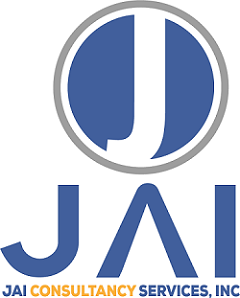
Agile & DevSecOps

Modernization won’t be engineered using legacy development methods.
The waterfall-style software development lifecycle has its place, but organizations looking to spin out services quickly to meet new requirements—or to use new methods to solve old problems—need a different approach. It’s not just a matter of speed. An iterative lifecycle provides more opportunity to get feedback from key stakeholders, increasing the odds that the final product addresses organizational and end-user requirements—and avoids unanticipated fixes that can drive up the final development costs and result in lengthy delays in deployment. And security cannot be treated as an afterthought, a compliance check made at the end of the development lifecycle resulting in delays and additional costs.
Modernization won’t be engineered using legacy development methods.
Our solution areas include:
Jai-Consultancy continually work on software so it is adaptive to the needs an organization has at that moment. As needs change so does the software
Jai-Consultancy agile modeling best practices to ensure that all projects can follow the agile methodology to achieve greater results.
The agile unified process is a simple, easy to understand approach to developing business application software using agile techniques and concepts.
Extreme programming is another software methodology intended to improve software quality and responsive to changing customer requirements.
Daily code commit is a way to replicate and automatically synch-up a repository for data, ensuring that all information gets routinely saved.
Organizations need to know what happens on their network at all times. Secure continuous monitoring manages all network traffic to learn who is on the network, what they are doing and where are they doing.
Continuous Integration is a way to help build quality, security, and regulatory compliance. In agile development, Continuous Integration, or CI, asks developers to merge code changes into the central code repository often and consistently.